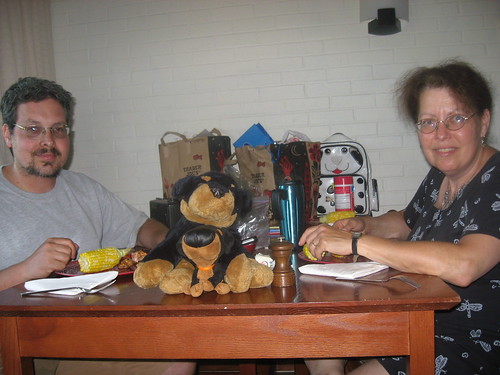🦋 The form
So here is how I write the song form that I'm calling "rag" (hopefully making reference to that weird and intoxicating effect that Joplin attributes to "ragtime", and maybe to "raga" as well but who knows)
Start with: an earworm melody. Your own or somebody else's, or traditional. Fuck with the rhythm of it by lengthening some beats and shortening others -- get a melody with similar sequence of notes to the source but a drunken/stuttering sound. Notate this melody in Noteflight or similar software. (I am always using cello to notate this first step.) When you play it back it should be clear what song you are hearing and also clearly something funny about it.
Add parts. Usually I am adding a bass part first and then a treble or even two treble parts. Sometimes just a bass part or just a treble. I am generally using violin family instruments for my parts but that is just what I'm familiar with.
Bass part: generally quarter notes, sometimes eigth notes. I'm not using syncopation at all in the bass parts, for now. It seems pretty easy and natural to find a plunky bass pattern that fits the main melody, I'm not sure what technique is going into this. If there is a bass part, then make it pretty constant throughout the song, not coming in and out.
Treble part: listen to the main cello part over and over, with and without bass, until you start hearing ghost melodies that fit with it. Start notating them. The treble parts can rest a lot, they don't have to (and should not) be playing all the time. The ghost melodies should reinforce the primary melody.
B section: usually modulate down a fifth or up a fourth. No technique here, just whatever sounds good(?) or so to say quirky
End result: intro + A section, repeat, B section, repeat, d.s. al coda, outro. The main melody is on the cello but the treble parts are playing their own distinct melodies which can mask the main melody. Make sure they are quiet for a couple of key measures in each section.
See Counterpoint rag for examples.
posted morning of Sunday, November 17th, 2019
➳ More posts about Songwriting
➳ More posts about Writing Projects
➳ More posts about Projects
➳ More posts about Musical Notation
➳ More posts about Music
| 
